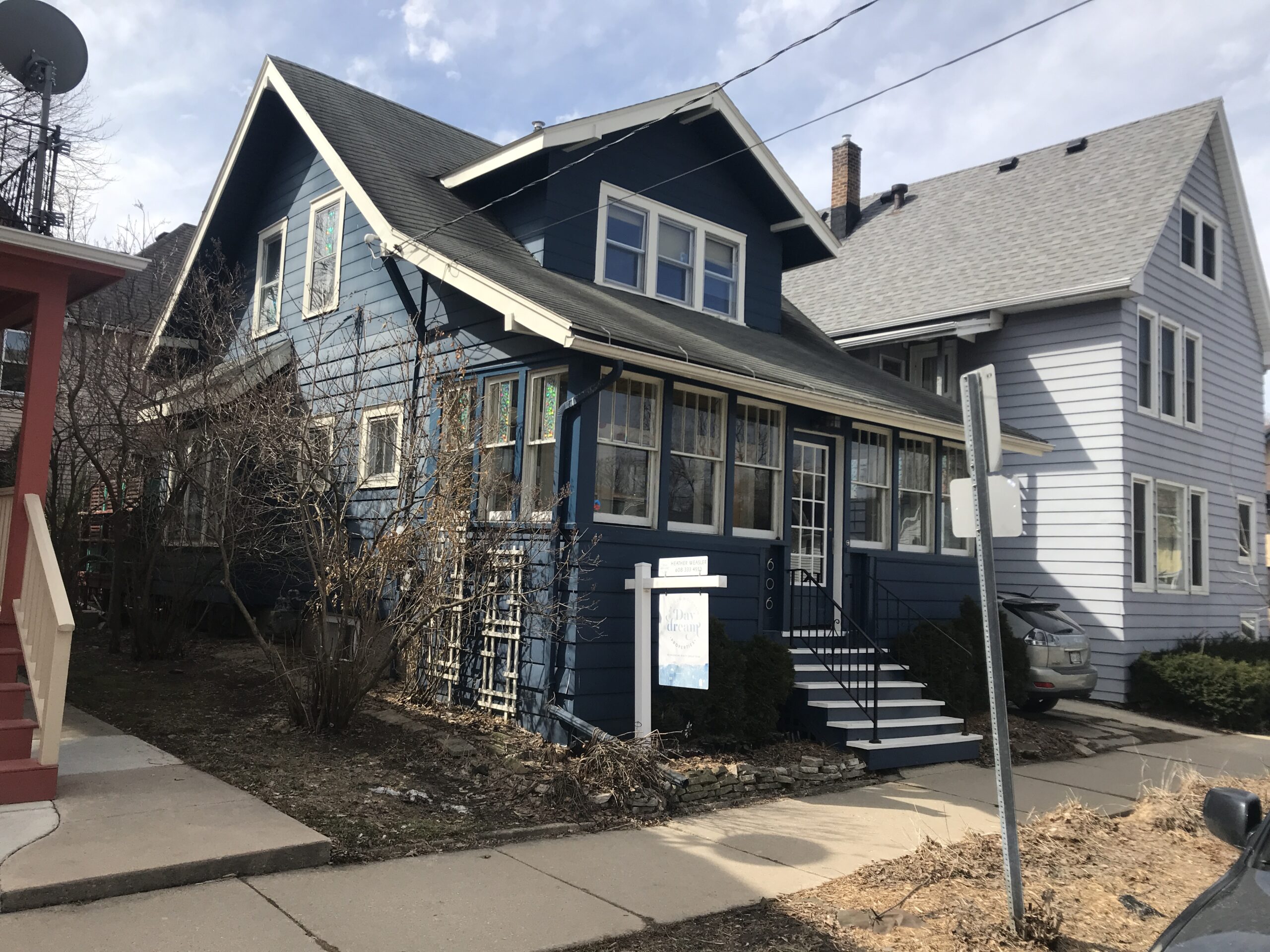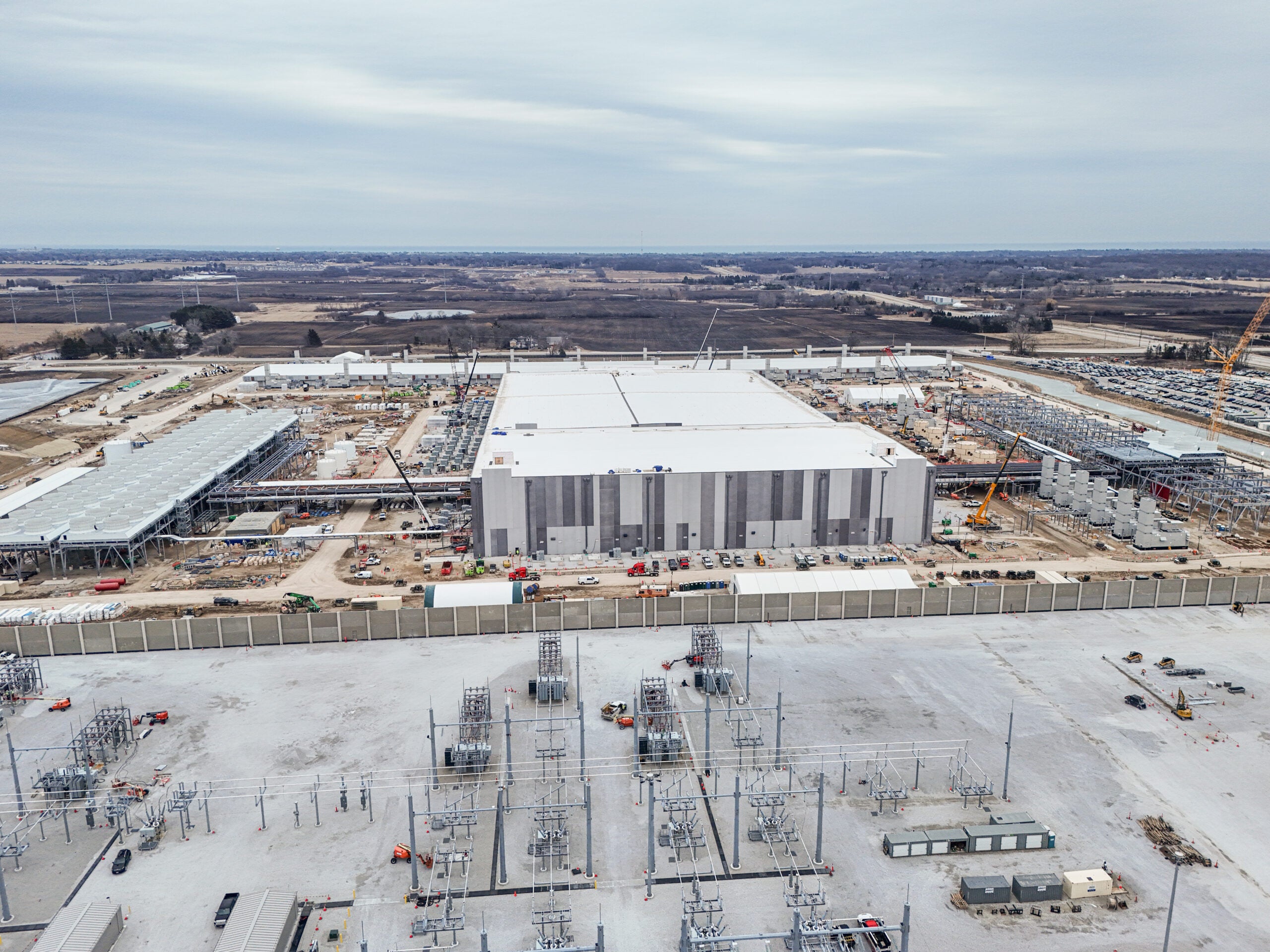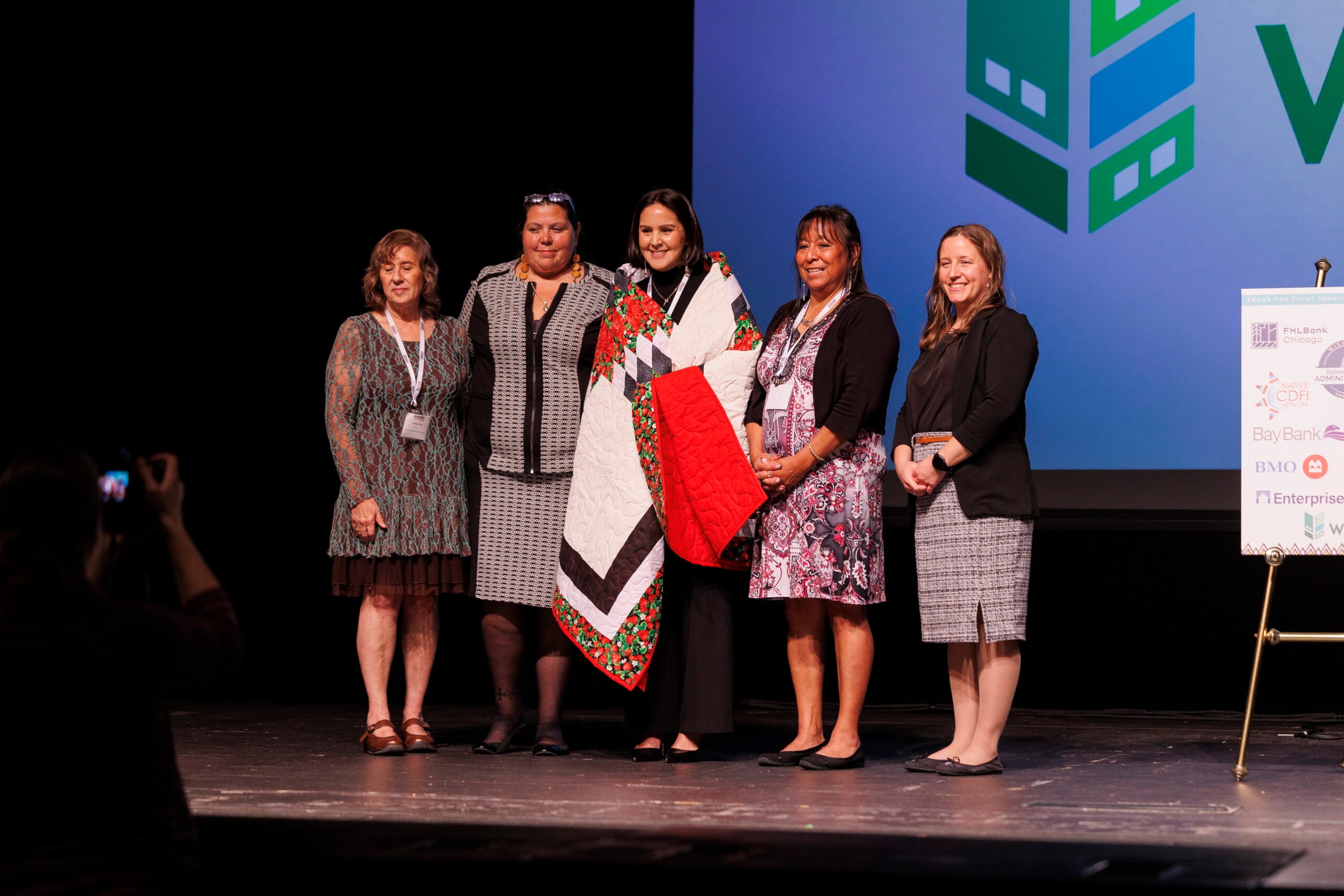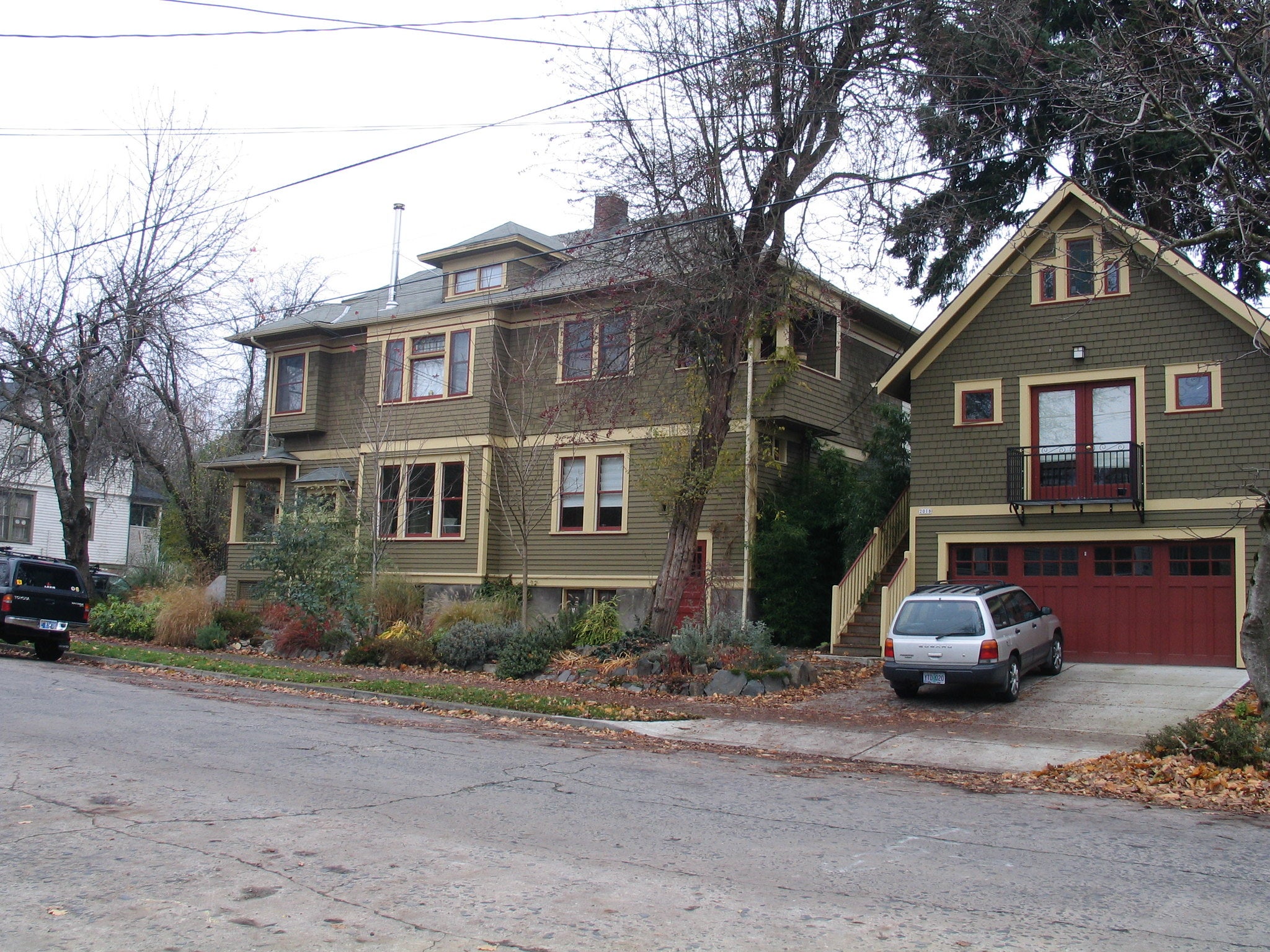Wisconsin’s low unemployment and lack of housing in some areas has made it harder for companies to hire workers — and it’s a concern for some local economic development groups.
In recent years officials in eight south-central Wisconsin counties that are part of Madison Region Economic Partnership, or MadREP, have been concerned future economic growth could be stymied unless they can find talent. And workers need somewhere to live, preferably close by.
“Even if companies can attract talent — if they can bring them to their manufacturing facilities, their health care facilities, whatever type of employment they are — even if they can find them, they’re realizing there’s (a) shortage of housing in their communities,” said Gene Dalhoff, vice president of talent and education with MadREP.
News with a little more humanity
WPR’s “Wisconsin Today” newsletter keeps you connected to the state you love without feeling overwhelmed. No paywall. No agenda. No corporate filter.
A recent study of the housing market in the Village of Mt. Horeb west of Madison showed a need for more low-income housing; more rental options like duplexes, condominiums and apartments at a variety of prices; and housing that include amenities that are attractive to those coming to the community to work.
Lack of housing for workers has prompted similar studies in other counties. Dane County did a housing survey last year. One is underway in Jefferson and Dodge counties, and Sauk County is planning to launch a housing study in the coming months.
“So it’s really emerging all across our region. Some communities are further ahead than others in exploring the issues,” Dalhoff said.
The cost of housing is an issue for many communities.
The Mt. Horeb study showed the median gross rent, including utilities, is $859 per month in the village and that there is a significant lack of rental housing options below $500 per month.
At a housing summit last year, Dane County found the housing shortage had the greatest impact on low-wage employees. A worker making $19,343 could afford to spend $484 per month on housing, according to the study, which can be difficult to find.
The problem is compounded by the lack of new housing. Dalhoff said the construction industry hasn’t fully recovered from the Great Recession when many workers changed careers or retired. New housing hasn’t kept up with demand in some communities, he said, and there’s often a domino effect if older people stay in their homes.
“So let’s say they’re empty nesters, their children are grown so they’re looking to move out of their large home … If there’s not senior housing, then they’re left staying in their existing home. And when they stay in their existing large homes, that means that growing families don’t have housing options to choose from,” Dalhoff said. “If they can’t leave their starter homes, then people trying to move from apartments to starter homes also don’t have that available stock.”
According to MadREP, housing is a high priority concern this year as companies compete for a scarce labor pool.
Wisconsin Public Radio, © Copyright 2026, Board of Regents of the University of Wisconsin System and Wisconsin Educational Communications Board.







